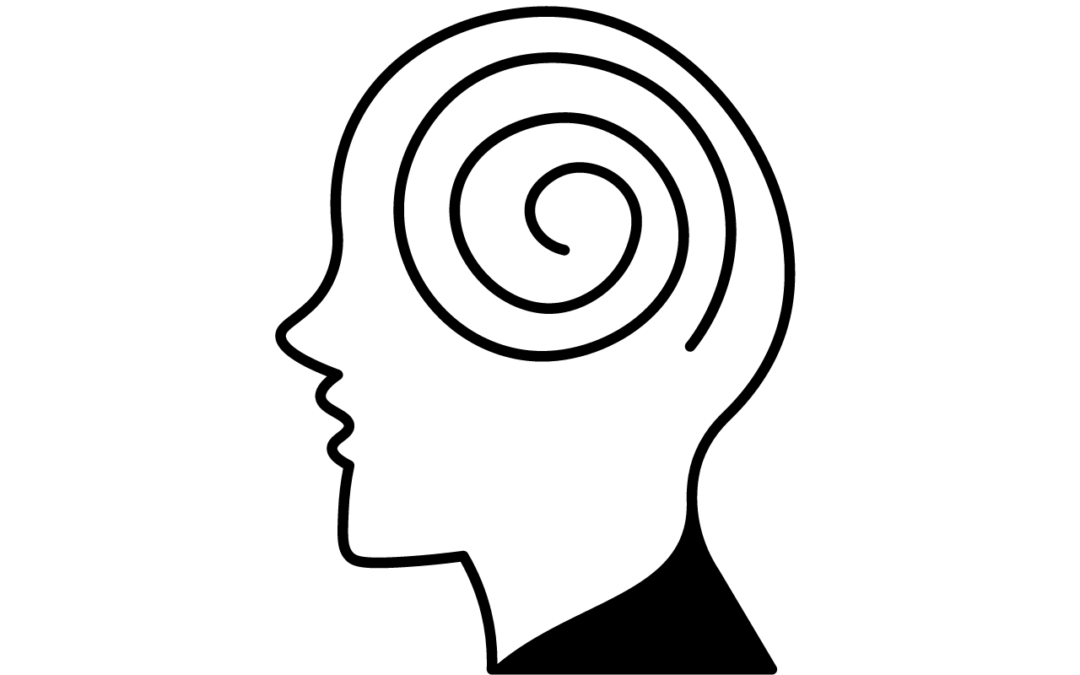Seasonal Affective Disorder (SAD) is a type of depression that occurs during specific seasons, most commonly in the fall and winter months. It is characterized by symptoms such as low mood, lack of energy, increased sleepiness, and weight gain. SAD is believed to be caused by a combination of factors. These can include reduced exposure to sunlight and changes in brain chemistry.
One theory suggests that decreased sunlight affects the production of serotonin, a neurotransmitter that regulates mood. Reduced levels of serotonin can lead to feelings of sadness and lethargy. Additionally, disruptions in the body’s internal clock due to shorter daylight hours can affect sleep patterns and hormone regulation.
Treatment for SAD typically involves light therapy, where individuals are exposed to bright artificial light for a specified amount of time each day. This helps to compensate for the lack of natural sunlight during the darker months. Other treatment options include medication, psychotherapy, and lifestyle changes such as regular exercise and maintaining a healthy diet.
While SAD can significantly impact an individual’s quality of life during certain seasons, it is important to recognize that it is a treatable condition. Seeking professional help and implementing appropriate interventions can greatly alleviate symptoms and improve overall well-being.
Find support. Set healthy habits. Talk to your therapist.

